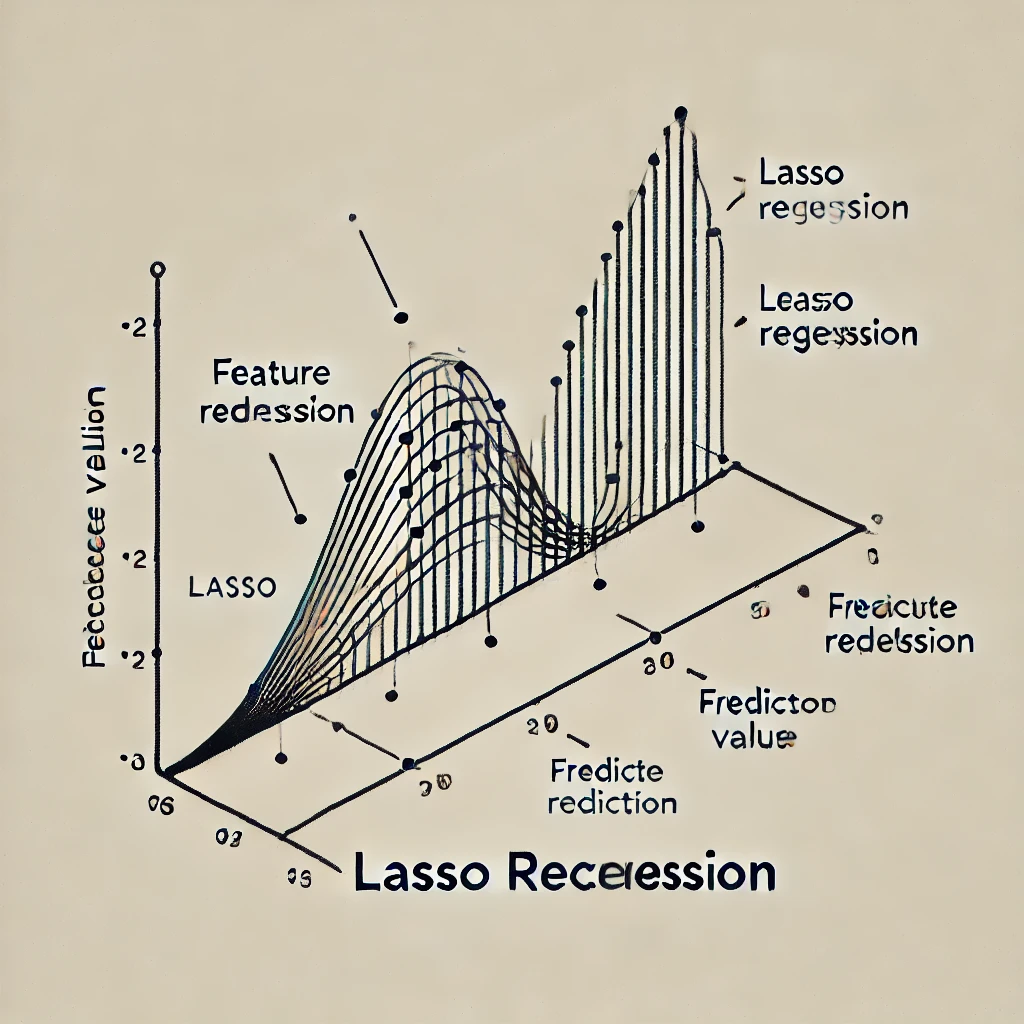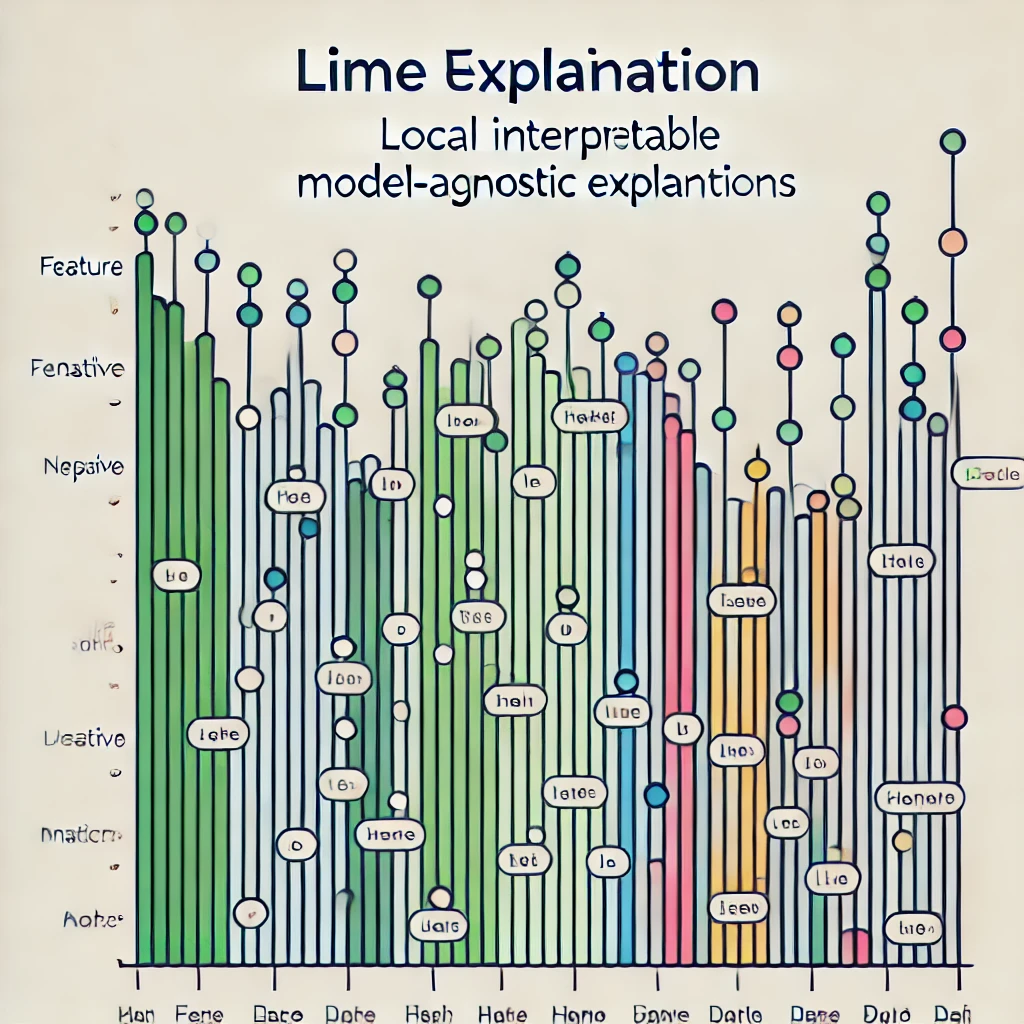2 min to read
Lasso Regression - Streamlining Predictive Models for Better Performance

Introduction to Lasso Regression
In the pursuit of creating predictive models that are both accurate and interpretable, Lasso Regression has emerged as a powerful statistical method. Short for ‘Least Absolute Shrinkage and Selection Operator’, Lasso Regression performs both variable selection and regularization to enhance the prediction accuracy and interpretability of the statistical model it produces. It’s particularly useful when dealing with complex datasets that may contain a large number of features, many of which may not contribute significantly to the predictive power of the model.
Shortcomings of Ordinary Least Squares
Ordinary Least Squares (OLS) regression can be a formidable tool but comes with limitations, particularly when a dataset contains a vast number of features. OLS tends to overfit the data, leading to models that don’t generalize well to unseen datasets. Moreover, OLS cannot inherently perform feature selection, which can result in models that are unnecessarily complex, difficult to interpret, and inefficient.
How Lasso Regression Works
Lasso Regression introduces a concept known as L1 regularization, which adds a penalty equal to the absolute value of the magnitude of coefficients to the loss function. In doing so, this technique not only helps in reducing overfitting but also has the unique feature of being able to shrink some coefficients to zero. This means it can effectively reduce the number of features, selecting only those that significantly contribute to the model.
Mathematically, the Lasso Regression minimizes the sum of the squared residuals, with the addition of a term proportional to the sum of the absolute values of the coefficients. This has the effect of forcing some coefficients to be exactly zero, hence removing some features from the model altogether. This ‘sparsity’ makes Lasso particularly valuable when you suspect that many features could be irrelevant.
Key Benefits of Lasso Regression
The Lasso’s ability to zero out coefficients leads to simpler, more interpretable models that focus on the most important predictors. This not only aids in feature selection but also helps mitigate the multicollinearity problem by excluding redundant variables from the model.
Additionally, Lasso Regression is computationally efficient, making it suitable for models where the number of predictors is high, and the relationship between the predictors and the response variable is sparse.
Lasso Regression in Practice
In practical terms, Lasso Regression has been employed effectively across various domains. In the field of genomics, for instance, it helps identify the most significant genes associated with particular diseases. In finance, Lasso can pinpoint the key factors that drive stock market fluctuations. In marketing, it can select which demographic features most impact brand choice.
Considerations and Limitations
While Lasso Regression offers many advantages, it’s not without its challenges. Selecting the appropriate value for the regularization parameter, which determines the level of penalty applied, is crucial and typically requires cross-validation to optimize.
Conclusion
Lasso Regression has carved out its niche in the world of predictive analytics as a go-to method for model simplification and feature selection. By providing a means to eliminate non-contributing variables, it allows for more streamlined, interpretable models that perform robustly on new data. As datasets grow in size and complexity, the relevance and utility of Lasso Regression continue to soar.




Comments